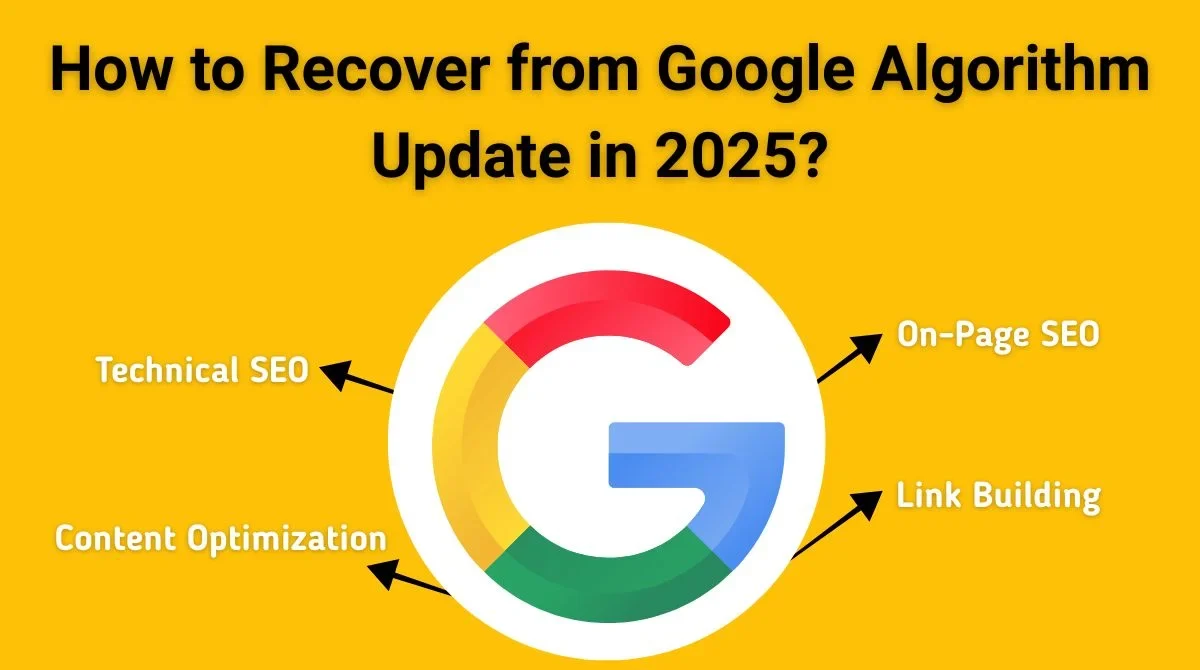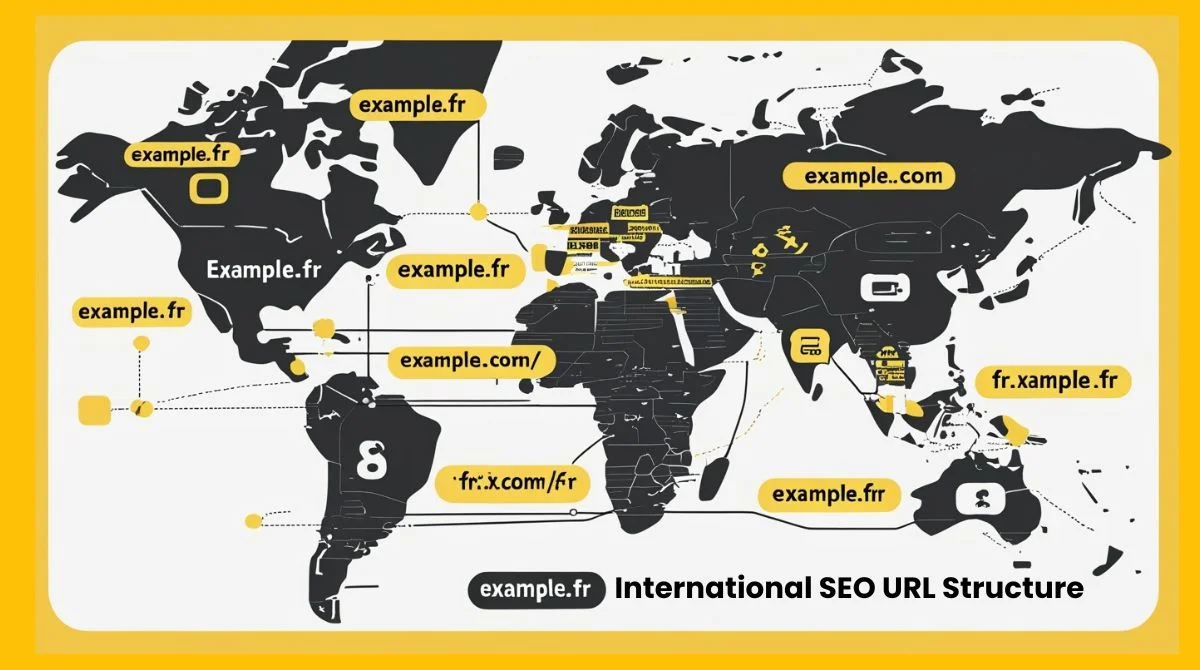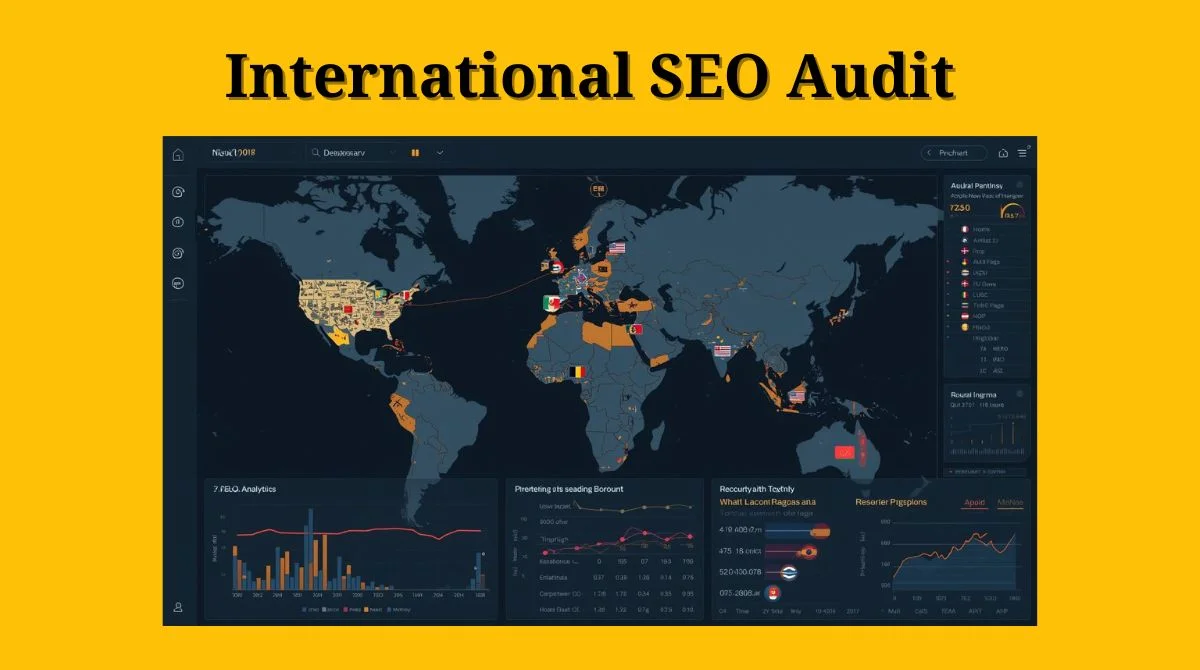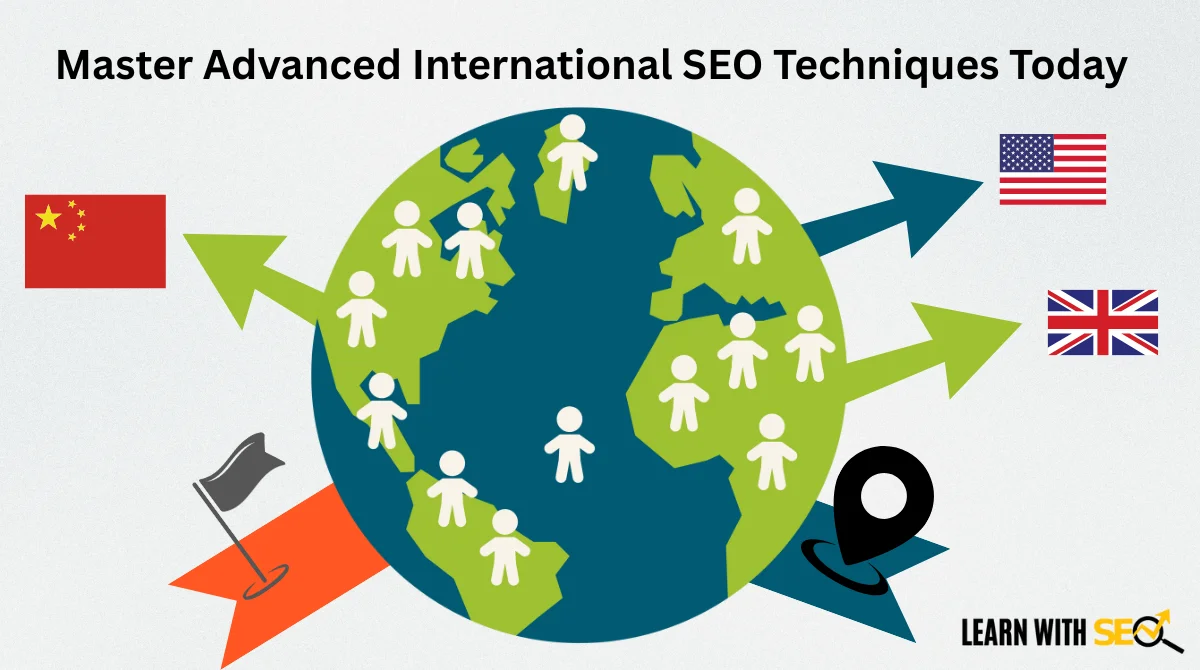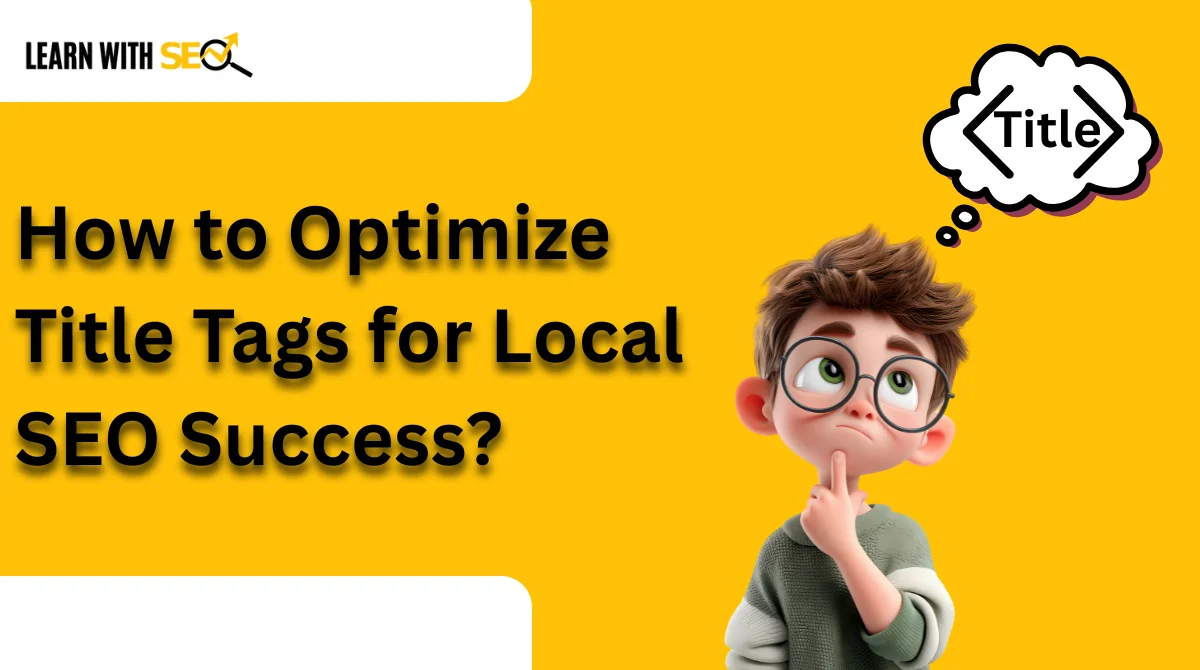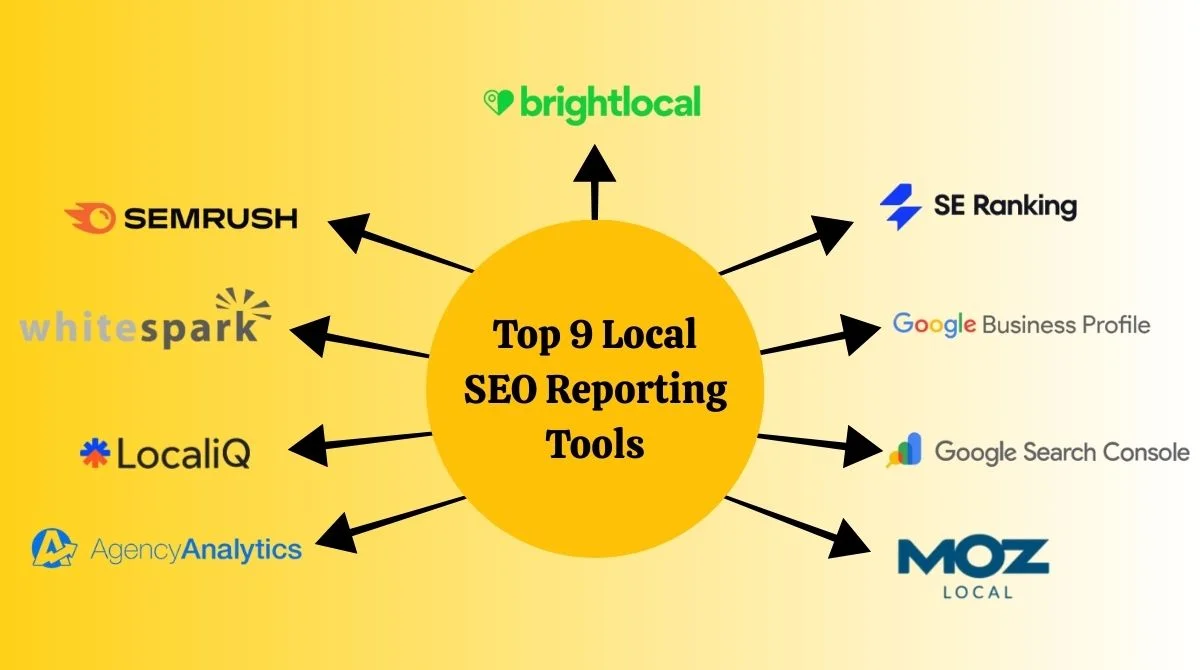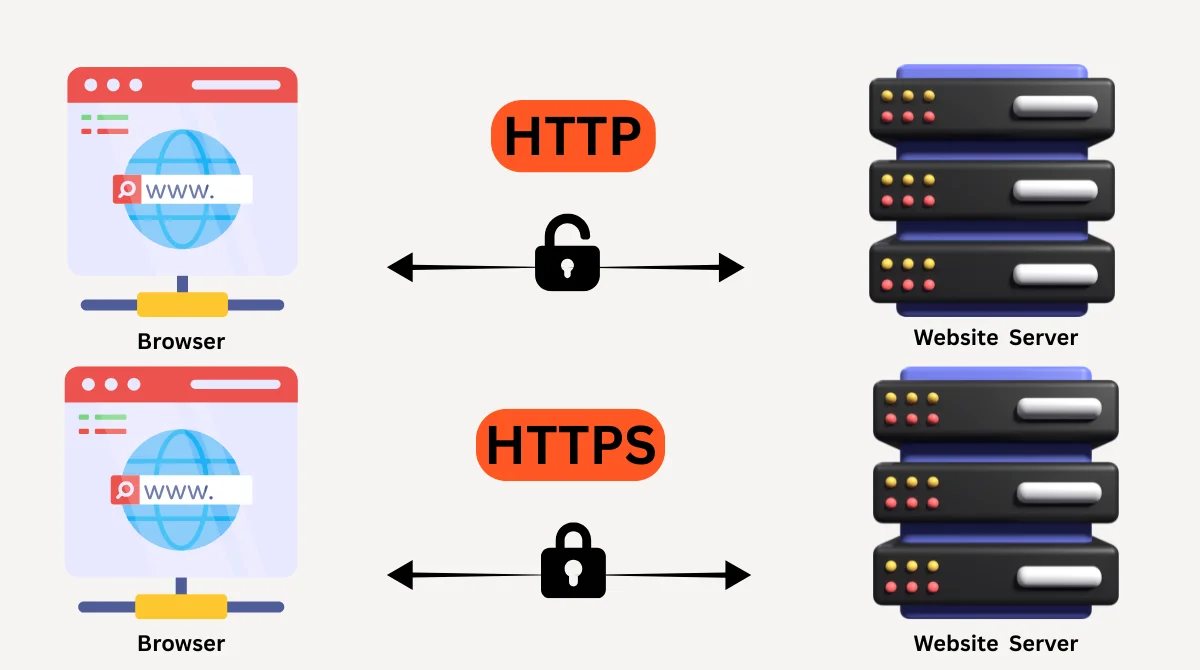- What Is a Google Algorithm Update?
- Signs Your Site Was Hit by an Algorithm Update
- Step-by-Step Recovery Process
- Proven Recovery Strategies
- Recovery Timeline Expectations
- Common Recovery Mistakes to Avoid
- Monitoring Your Recovery Progress
- Prevention Strategies for Future Updates
- When to Seek Professional Help
- Conclusion
Getting hit by a Google algorithm update can feel like a punch to the gut. Your website traffic drops overnight, and you’re left wondering what went wrong. Don’t panic, recovery is possible with the right approach.
Google says you can see some recovery between core updates, but the biggest change would be after another core update. This means patience and strategic improvements are key to bouncing back stronger.
What Is a Google Algorithm Update?
Google algorithm updates are changes to how search engines rank websites. These updates are meant to improve search quality and user experience. In the March 2025 core update, Google placed a stronger focus on helpful content, author credibility, and deeper semantic relevance.
Google releases several types of updates throughout the year. Core updates are the most significant and can cause major ranking shifts. The search giant also rolls out smaller updates regularly that may not be announced publicly.
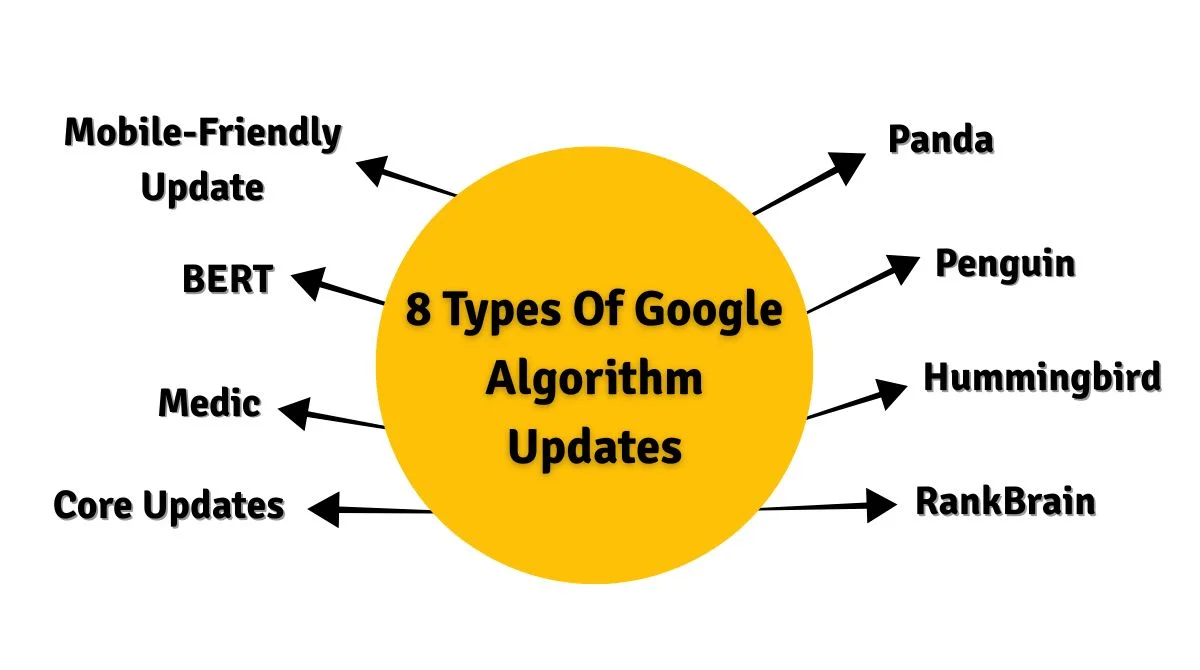
Signs Your Site Was Hit by an Algorithm Update
Before you start recovery efforts, confirm that an algorithm update caused your traffic drop. Here are the key indicators:
- Traffic Drop Timing: Check if your traffic declined around the same time Google announced an update. Most impacts happen within 24-48 hours of rollout.
- Ranking Position Changes: Look for significant drops in your keyword rankings. Use tools like Google Search Console to track position changes.
- Competitor Movement: Notice if competitors gained rankings while you lost them. This suggests algorithmic preference shifts rather than technical issues.
- Site-Wide vs Page-Specific Impact: Determine if the entire site was affected or just specific pages. This helps identify the scope of necessary improvements.
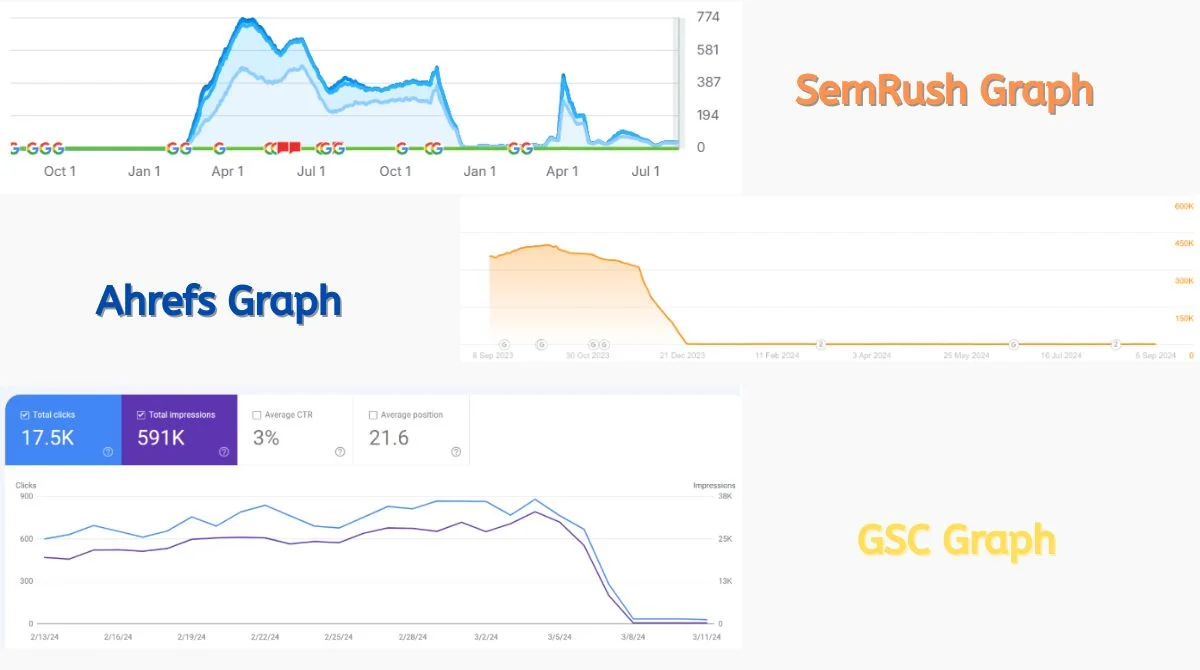
Step-by-Step Recovery Process
Phase 1: Assess the Damage
Start by collecting comprehensive data about your traffic loss. Use Google Analytics and Search Console to gather keyword and page-level information.
- Data Collection: Pull reports from all available analytics platforms. Focus on organic search traffic changes and keyword position drops.
- Traffic Segmentation: Break down your data by page categories, device types, and geographic locations. This reveals which areas were most affected.
- Historical Comparison: Compare current performance with pre-update data. Look for patterns that might explain the ranking drops.
Phase 2: Analyze Search Results
Study the current search results for your target keywords. Understanding what Google now prefers is crucial for recovery.
- SERP Changes: Check if Google changed the search results structure. Look for new features like AI Overviews or featured snippets.
- Competitor Analysis: Examine which sites now rank higher than you. Identify what makes their content more appealing to Google.
- Search Intent Shifts: Determine if Google now favors different types of content for your keywords. The search intent might have evolved.
Phase 3: Content Quality Review
Content quality is often the main factor in algorithm updates. Achieving success today calls for a well-rounded strategy that extends past basic keyword use and link building.
- E-E-A-T Evaluation: Assess your content’s Experience, Expertise, Authoritativeness, and Trustworthiness. These factors are crucial for ranking recovery.
- Content Depth and Accuracy: Ensure your content thoroughly covers topics and provides accurate, up-to-date information. Shallow content often gets penalized.
- User Value Assessment: Ask yourself if your content truly helps users. Remove or improve pages that don’t provide clear value.
- Author Credibility: Add author bios and credentials to demonstrate expertise. This is especially important for health, finance, and advice content.
Proven Recovery Strategies
Content Improvement Tactics
- Enhance Content Quality: Rewrite thin or outdated content. Add more comprehensive information and current examples.
- Update Statistical Data: Replace old statistics with recent data. This shows Google that your content stays current and relevant.
- Improve Content Structure: Use clear headings, bullet points, and logical flow. A better structure helps both users and search engines understand your content.
Technical SEO Fixes
- Page Speed Optimization: Improve loading times across all devices. Slow pages often lose rankings during algorithm updates.
- Mobile Responsiveness: Ensure your site works perfectly on mobile devices. Google prioritizes mobile-friendly websites.
- Core Web Vitals: Fix issues with page loading, interactivity, and visual stability. These metrics directly impact rankings.
Authority Building
- Quality Link Building: Concentrate on gaining backlinks from trusted websites within your niche. Avoid low-quality or spammy link practices.
- Brand Mentions: Build brand awareness through PR and content marketing. Unlinked mentions can boost your authority signals.
- Social Signals: Maintain an active social media presence. While not direct ranking factors, social signals can influence visibility.
Recovery Timeline Expectations
Recovery from Google algorithm updates takes time and patience. HCU-affected sites begin showing significant recovery during subsequent updates when improvements are properly implemented.
- Quick Wins (1-4 weeks): Fix technical issues and update obviously outdated content. These changes might show small improvements quickly.
- Medium-term Recovery (2-6 months): Major content improvements and new quality content creation. This period often shows gradual traffic recovery.
- Long-term Success (6+ months): Full recovery typically happens during the next major algorithm update if improvements are substantial.
Common Recovery Mistakes to Avoid
Panic Changes Don’t make drastic site changes immediately after an update. Wait to understand the full impact first.
- Over-Optimization: Avoid stuffing keywords or making content unnatural. Focus on user value over search engine manipulation.
- Ignoring User Signals: Don’t focus only on technical fixes. User engagement metrics matter for long-term success.
- Expecting Instant Results: Recovery takes time. Consistently improve your site rather than expecting overnight fixes.
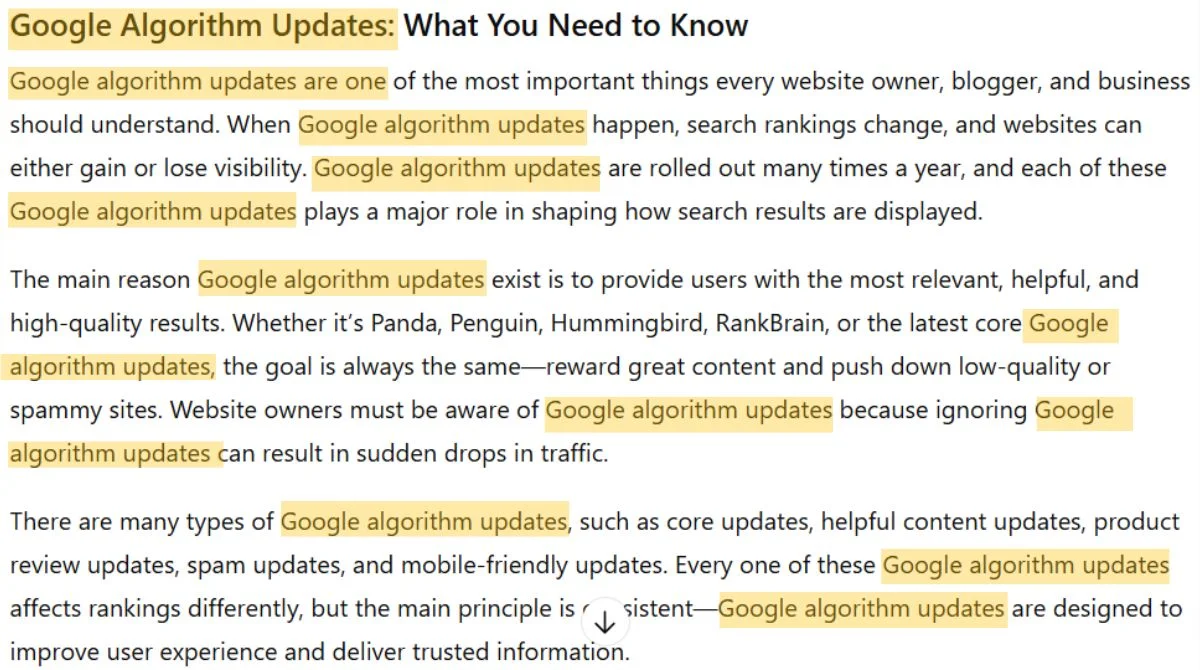
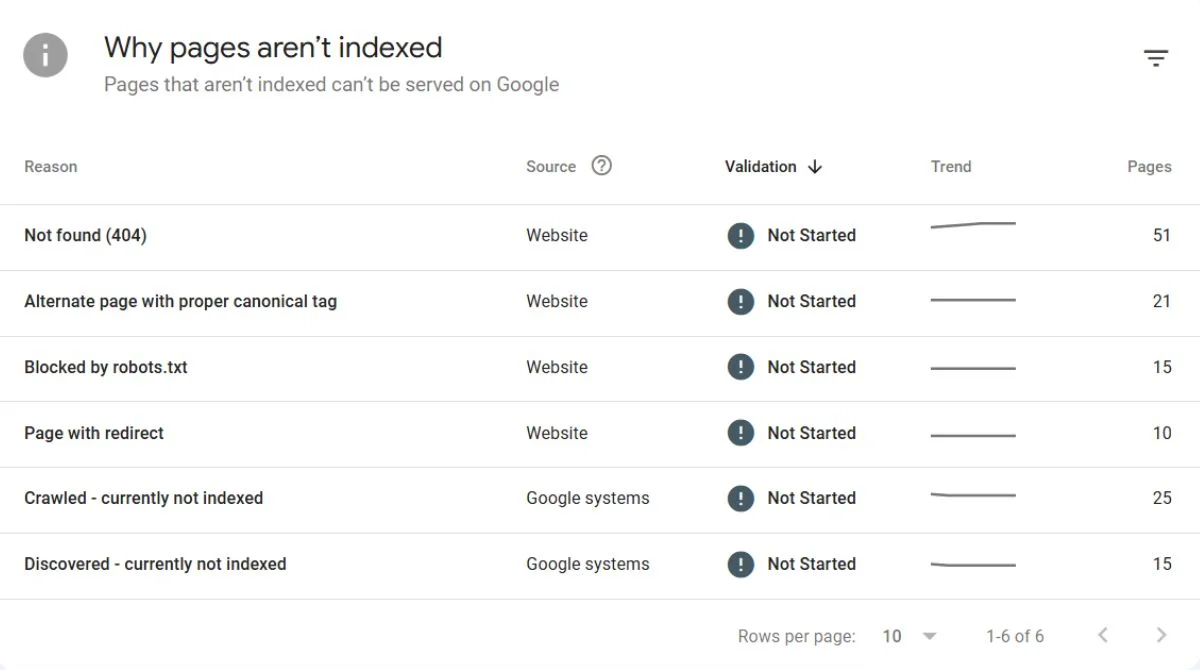
Monitoring Your Recovery Progress
Track your recovery efforts using reliable metrics and tools.
- Key Metrics to Watch: Keep track of your organic traffic, keyword positions, CTR, and overall user engagement.
- Tools for Tracking: Use Google Search Console, Google Analytics, and third-party SEO tools to monitor progress.
- Regular Reporting: Create weekly reports to track improvements and identify areas needing more attention.

![]()
Prevention Strategies for Future Updates
- Quality-First Approach: Always prioritize user value over search engine manipulation. Quality content survives algorithm changes better.
- Diversification: Don’t rely solely on search traffic. Build email lists, social followings, and direct traffic sources.
- Stay Informed: Follow Google’s official communications and reputable SEO news sources to stay updated on algorithm changes.
- Regular Site Audits: Conduct monthly SEO audits to identify and fix issues before they become major problems.
When to Seek Professional Help
Some situations require expert intervention for successful recovery.
- Complex Technical Issues: If you discover serious technical problems beyond your expertise, hire SEO professionals.
- Large-Scale Content Problems: Sites with hundreds or thousands of affected pages might need professional content strategy help.
- Business-Critical Recovery: When algorithm impacts threaten your business revenue, professional guidance can accelerate recovery.
Conclusion
Recovering from Google algorithm updates requires patience, strategic thinking, and consistent effort. Focus on creating genuinely helpful content that serves your users’ needs. You can continue to improve your site, which hopefully will lead to a better Google ranking in the future. Remember that algorithm updates aim to improve search quality. By aligning your site with these quality standards, you’ll not only recover but also become more resilient to future updates. Start with the most critical issues and work systematically through your recovery plan. The key to long-term success is building a website that deserves to rank well. When you focus on user value and follow SEO best practices, you’ll weather algorithm storms and emerge stronger.

